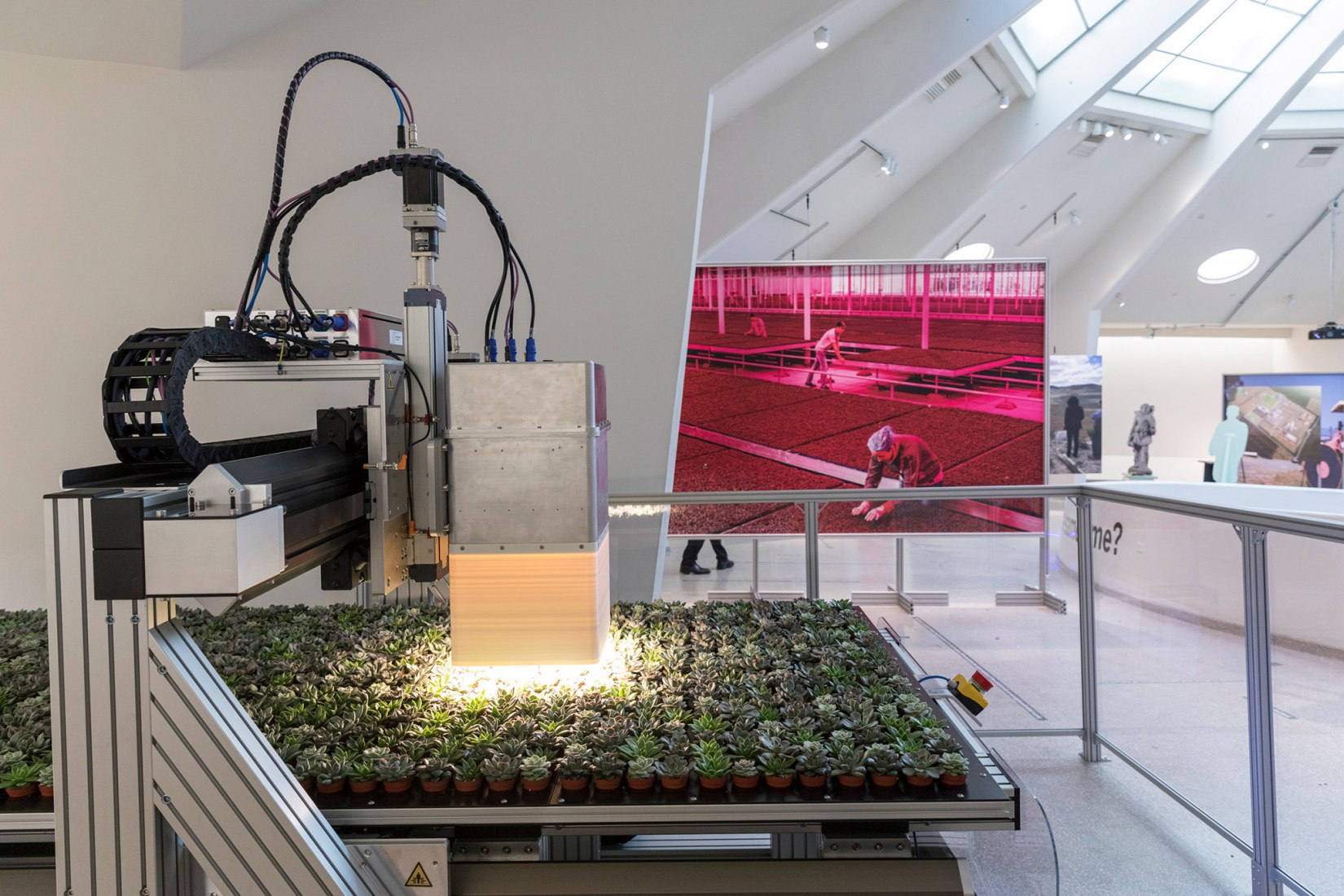On May 14,
TIME magazine, in an article titled "Architect Rem Koolhaas Says Redesigning Public Spaces Was Necessary Before the Pandemic", refocused on an exhibition that was initially skeptical for some.
As social distancing, automation, and anti-urban attitudes seem to grow, the ideas put forth by Dutch architect Rem Koolhaas are now presented to us as one of the most interesting predictions of how architecture as a discipline might change in post-Covid-19.
"Airports are just one among the many, many public spaces that may have to be rethought, reorganized and redesigned in the era of pandemics", comments Koolhaas, noting also, that: "cities, especially those that have no purpose but to attract people. “The problem is that in the last 20 or 30 years, cities have become gathering spaces for relatively affluent people and for tourists,” he says. “There has been a kind of really drastic transformation of the point of cities, that we didn’t really pay enough attention to.”
The countryside-city relationship was one of the themes of his recent exhibition "Countryside" in the Guggenheim, which examined the curious contempt and abandonment of the most rural parts of the planet. A theme as valid as that of "Spain emptied", which caused so much attention last fall in our country.
Due to the pandemic, the museum closed in March, less than a month after the opening of the exhibition, around the same time that people in cities began to want to live in a more empty place, and to suddenly wonder where their food came from.
So (even inadvertently) Koolhaas' comment to TIME interviewer Belinda Luscombe was obvious:
“It would be opportunistic if I said either, I told you so, or, basically, You can now tell that [cities] are actually really dangerous environments to live in,” adding, “I think that it’s simply slightly reinforcing the argument that it’s incredibly important to begin to look not necessarily away from cities but at the neglect of the countryside.”
From the New York City investigation, to the Lagos researchs, to his investigations of Asian and American cities, Koolhaas has a long history of transformation and urban research. Therefore, it is logical to understand his vision of these contemporary urban structures when he adds that cities, which we have taken as a reference and models of urbanity, in recent years have undergone a profound transformation and disfigurement with respect to their role as, social and desirable models.
“The problem is that in the last 20 or 30 years, cities have become gathering spaces for relatively affluent people and for tourists,” he says. “There has been a kind of really drastic transformation of the point of cities, that we didn’t really pay enough attention to.”
At almost 76 years old, Koolhaas is old enough to remember a childhood in the years after World War II and to be familiar with the ravages contagious diseases are playing in today's health systems, which are not prepared.
His reflections to the TIME journalist, from the landline phone of the headquarters of his architecture studio in Rotterdam, remain equally lucid, as when he remembers that creativity is much more difficult in complete solitude:
“In terms of work and working without human interaction, it is very, very noticeable to me that for creativity, interaction is key,” he says, before offering up one of the syntactically complicated sayings for which he has become known. “For anything that will be necessary to create an exception, or a moment of genuine inspiration, human intercourse is necessary.”
With his inexhaustible capacity to be surprised Koolhaas ends the interview amazed by
“It has surprised me enormously the incredible financial means that have been released,” he says, especially when compared to how difficult it is to find resources to solve climate change. And he is also surprised by “the incredible flexibility that people have shown in terms of changing their behavior in the most radical way.”





























